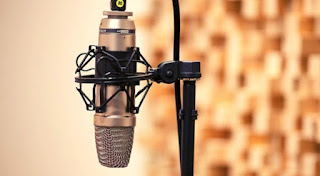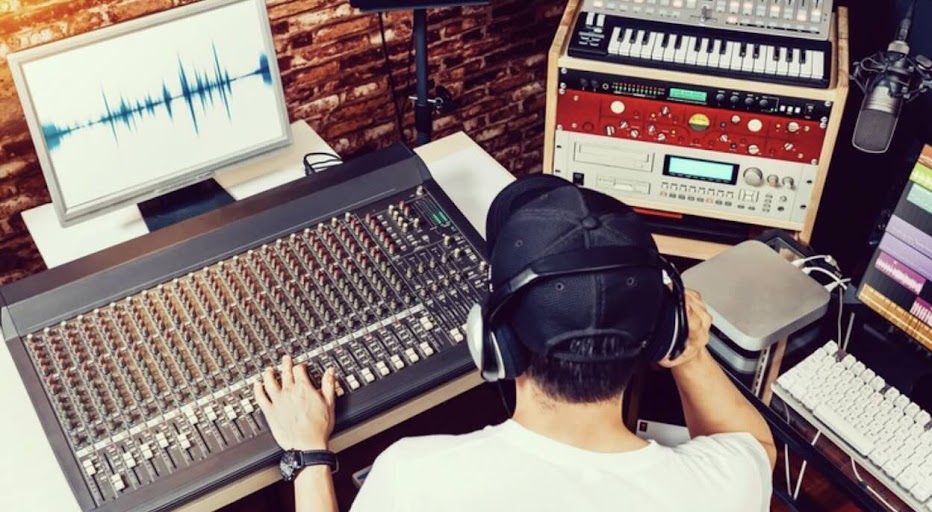Learn the applications of Acoustics in the Home Studio.
A home studio is a room designed to record and produce music at home. In recent years, home studios have become more common, as technology allows us to create music with a moderate budget. Nevertheless, the acoustical treatment of a studio is usually overlooked.
 |
| Acoustics |
The days when the only way to record music was in a professional recording studio, are now gone. Nowadays, almost anyone can do a decent job recording music or voice at home. You just need an audio interface and a decent microphone, right? Well, not entirely.
Even if you have some nice equipment, you have to consider the importance of acoustics in the overall sound production.
What is acoustics?
Acoustics is a branch of physics that studies vibrations in general. Sound is a vibrating phenomenon, so acoustics deals with sound as well. There are many sub-fields in acoustics. For example, the study of musical instruments, noise control, vibrations in buildings or cars, and how to optimize a room for better sound. This last field is known as architectural acoustics.
The home studio
The typical home studio has two main problems to deal with: how to isolate the sound and noise that enters or gets out of the room, and how to improve the listening experience in the room.
The first problem is solved with soundproofing. This is a very important area of acoustics that helps to keep your studio quiet from external sounds and also keeps your neighbors happy!
The second problem is solved with acoustic treatment. This area helps to have a better listening experience in your room by controlling the sound reflections and bass resonances.
It's very important to understand that those are two different problems that need different solutions. In other words, a solution that helps to soundproof your studio, won't be very effective to improve the sound within it and vice versa.
This misunderstanding has created lots of myths around acoustics for years. For example, if you want to improve the sound isolation of your studio, you need to use special doors and windows, as they are the weakest link in the soundproofing chain.
On the other hand, if you cover your walls with absorptive material (i.e. mineral wool), that will control the internal sound reflections (echoes) and may improve your listening experience, but it will do almost anything to control how much sound is escaping out of your studio.
Knowledge is power
Although acoustics is not an easy field, you can learn its basic principles to improve the listening experience in your home studio! I've created an online course that covers all the important topics:
- Sound behavior
- Control of high, mid and low frequencies
- Control of echoes and reverberation
- Speaker positioning
- Use of sound diffusers
- Selection of the "sweet spot" in your studio for best monitoring performance, and more!







0 comments:
Publicar un comentario